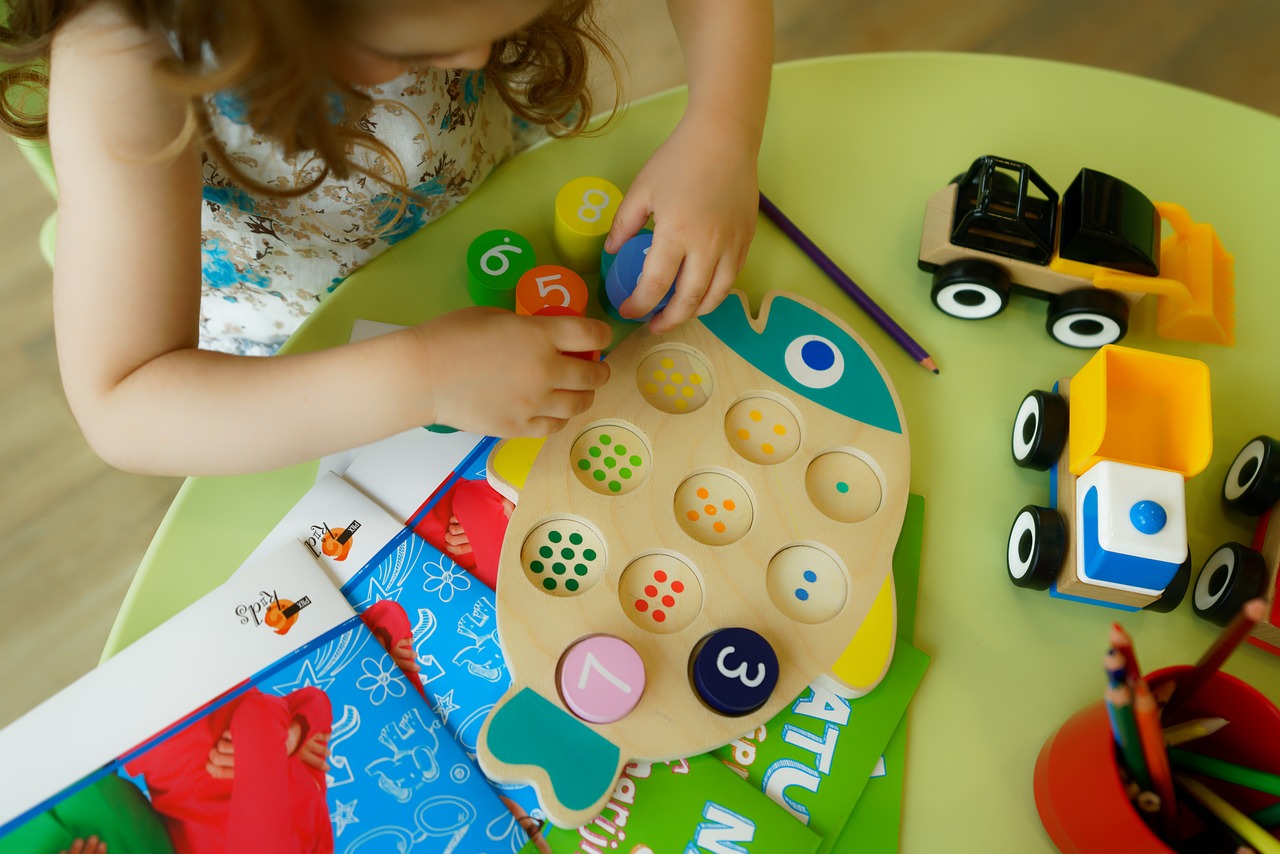Fun Learning Activities for Preschoolers: Engaging Ways to Spark Curiosity and Growth
Preschoolers are naturally curious, energetic, and eager to explore the world around them. This makes the preschool years a golden opportunity to introduce fun learning activities that not only entertain but also foster cognitive, social, and emotional development. If you’re a parent, teacher, or caregiver looking for creative ways to engage your little ones, you’re in the right place. In this article, we’ll explore a variety of fun learning activities for preschoolers that are easy to set up, educational, and, most importantly, enjoyable!
Why Fun Learning Activities Matter
Before diving into the activities, it’s important to understand why play-based learning is so effective for preschoolers. According to child development experts, children learn best when they’re having fun. Play helps them develop critical skills like problem-solving, communication, and creativity. It also builds their confidence and encourages a lifelong love of learning.
By incorporating fun learning activities for preschoolers into their daily routine, you can help them:
- Develop fine and gross motor skills
- Enhance language and communication abilities
- Build social skills through teamwork and sharing
- Strengthen cognitive skills like memory and focus
- Foster creativity and imagination
Now, let’s explore some exciting activities that tick all these boxes!
1. Sensory Play: Exploring Textures and Colors
Sensory play is a fantastic way to engage preschoolers while stimulating their senses. Create a sensory bin filled with materials like rice, pasta, sand, or water beads. Add small toys, scoops, and containers for them to explore. For example:
- Rainbow Rice Sensory Bin: Dye rice with food coloring and let your child sort it by color or use it to “write” letters and numbers.
- Ocean-Themed Sensory Play: Fill a bin with blue water beads, plastic sea creatures, and shells for an underwater adventure.
Sensory play not only keeps preschoolers entertained but also helps them develop fine motor skills and learn about different textures, colors, and shapes.
2. Alphabet Hunt: Learning Letters Through Play
Turn letter recognition into a thrilling scavenger hunt! Write the alphabet on index cards or sticky notes and hide them around the house or classroom. Give your preschooler a basket and challenge them to find the letters in order.
To make it more exciting:
- Add a timer and see how quickly they can find all the letters.
- Use letter sounds instead of names (e.g., “Find the letter that makes the ‘sss’ sound”).
This activity is a fun way to reinforce letter recognition and phonics skills while keeping your little one active and engaged.
3. DIY Counting Games: Math Made Fun
Math doesn’t have to be boring! Use everyday objects like buttons, LEGO bricks, or cereal to create simple counting games. Here are a few ideas:
- Counting Caterpillar: Draw a caterpillar on paper and write numbers on each segment. Have your child place the correct number of buttons or stickers on each segment.
- Cereal Sorting: Give your preschooler a handful of colorful cereal and ask them to sort it by color or count how many pieces they have.
These hands-on activities make learning numbers and basic math concepts enjoyable and relatable.
4. Storytelling with Puppets: Boosting Language Skills
Puppets are a wonderful tool for encouraging creativity and language development. Create simple puppets using socks, paper bags, or popsicle sticks, and act out stories together. You can:
- Retell classic fairy tales like “The Three Little Pigs” or “Goldilocks and the Three Bears.”
- Encourage your preschooler to make up their own stories.
This activity not only enhances vocabulary and storytelling skills but also helps children express their emotions and ideas.
5. Nature Scavenger Hunt: Learning About the World
Take learning outdoors with a nature scavenger hunt! Create a list of items for your preschooler to find, such as:
- A yellow leaf
- A smooth rock
- A feather
- A flower
As they search for each item, talk about what they’re finding. For example, “Why do you think leaves change color?” or “What kind of bird do you think this feather came from?” This activity encourages curiosity, observation, and a love for nature.
6. Shape and Color Hopscotch: Active Learning
Combine physical activity with learning by drawing a hopscotch grid with shapes or colors instead of numbers. Call out instructions like, “Hop on the red square” or “Jump on the circle.” This game helps preschoolers practice:
- Shape and color recognition
- Balance and coordination
- Listening and following directions
It’s a great way to burn off energy while learning!
7. DIY Science Experiments: Simple and Exciting
Introduce basic science concepts with easy, hands-on experiments. For example:
- Volcano Eruption: Mix baking soda and vinegar in a small container to create a fizzy “eruption.”
- Sink or Float: Fill a tub with water and test which objects sink or float.
These experiments spark curiosity and teach preschoolers about cause and effect in a fun, memorable way.
8. Music and Movement: Learning Through Rhythm
Preschoolers love to move and groove! Use music to teach concepts like rhythm, counting, and even the alphabet. Try these ideas:
- Sing the ABCs while clapping or stomping to the beat.
- Play freeze dance and call out actions like “Hop like a bunny” or “Spin in a circle.”
Music and movement activities are not only fun but also help develop coordination and listening skills.
Final Thoughts
Engaging preschoolers in fun learning activities doesn’t require expensive toys or complicated setups. With a little creativity and everyday materials, you can create meaningful learning experiences that your child will love. Remember, the goal is to make learning enjoyable and stress-free. By incorporating these activities into your routine, you’ll not only support your preschooler’s development but also create cherished memories together.
So, what are you waiting for? Pick an activity, gather your materials, and let the fun begin! Your preschooler will thank you for it.
